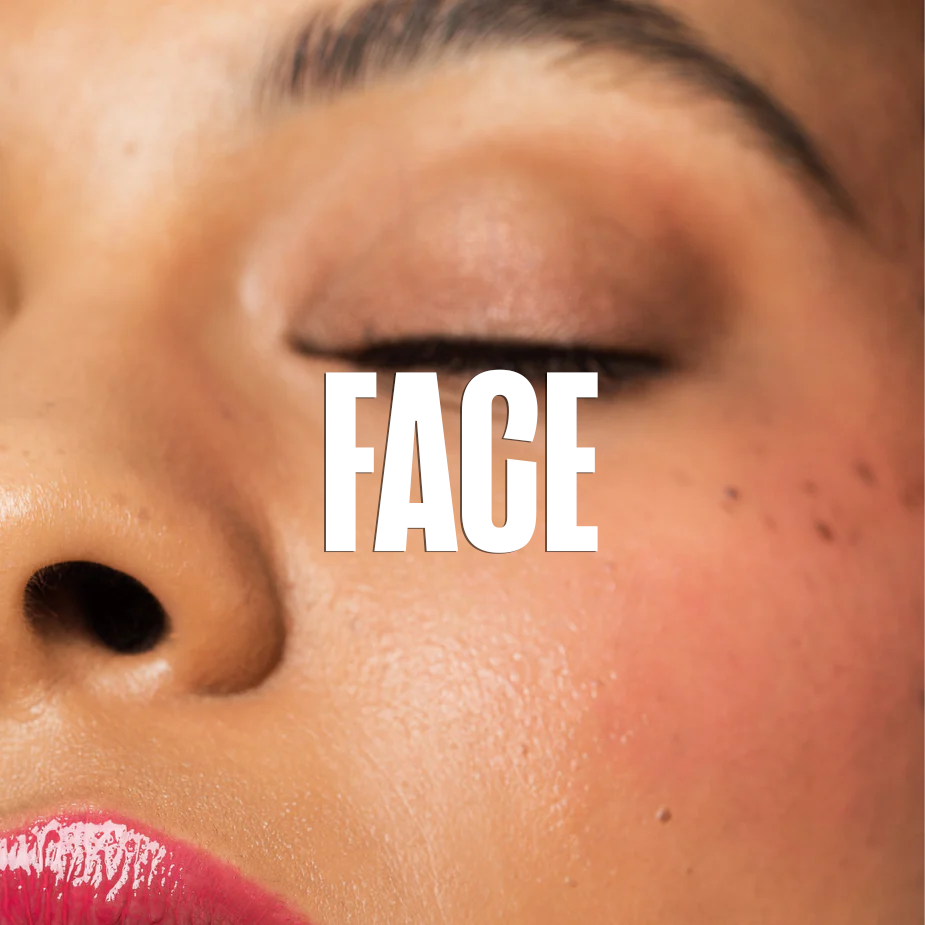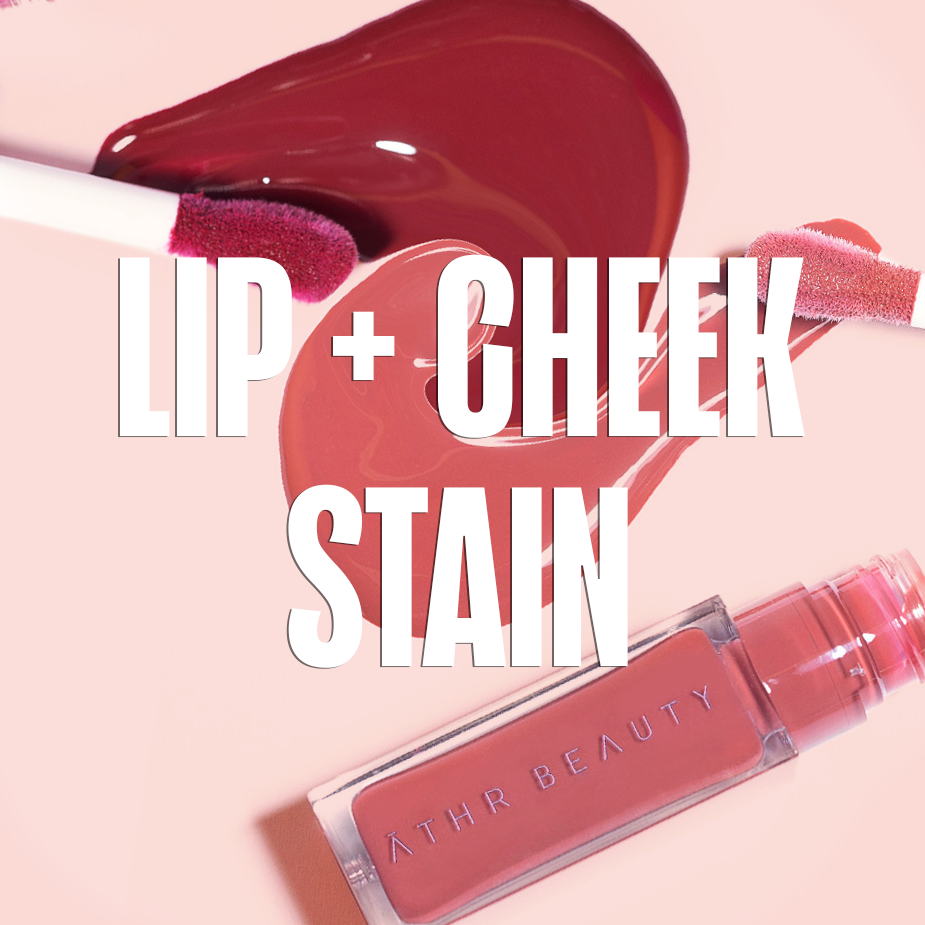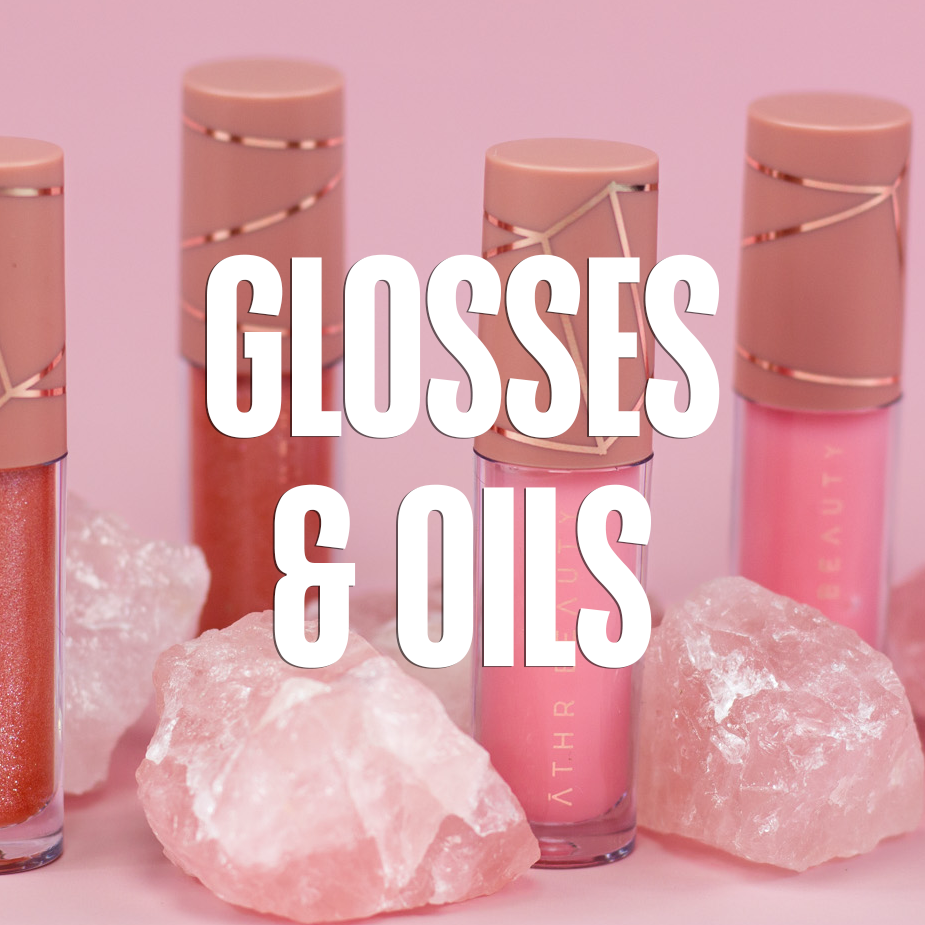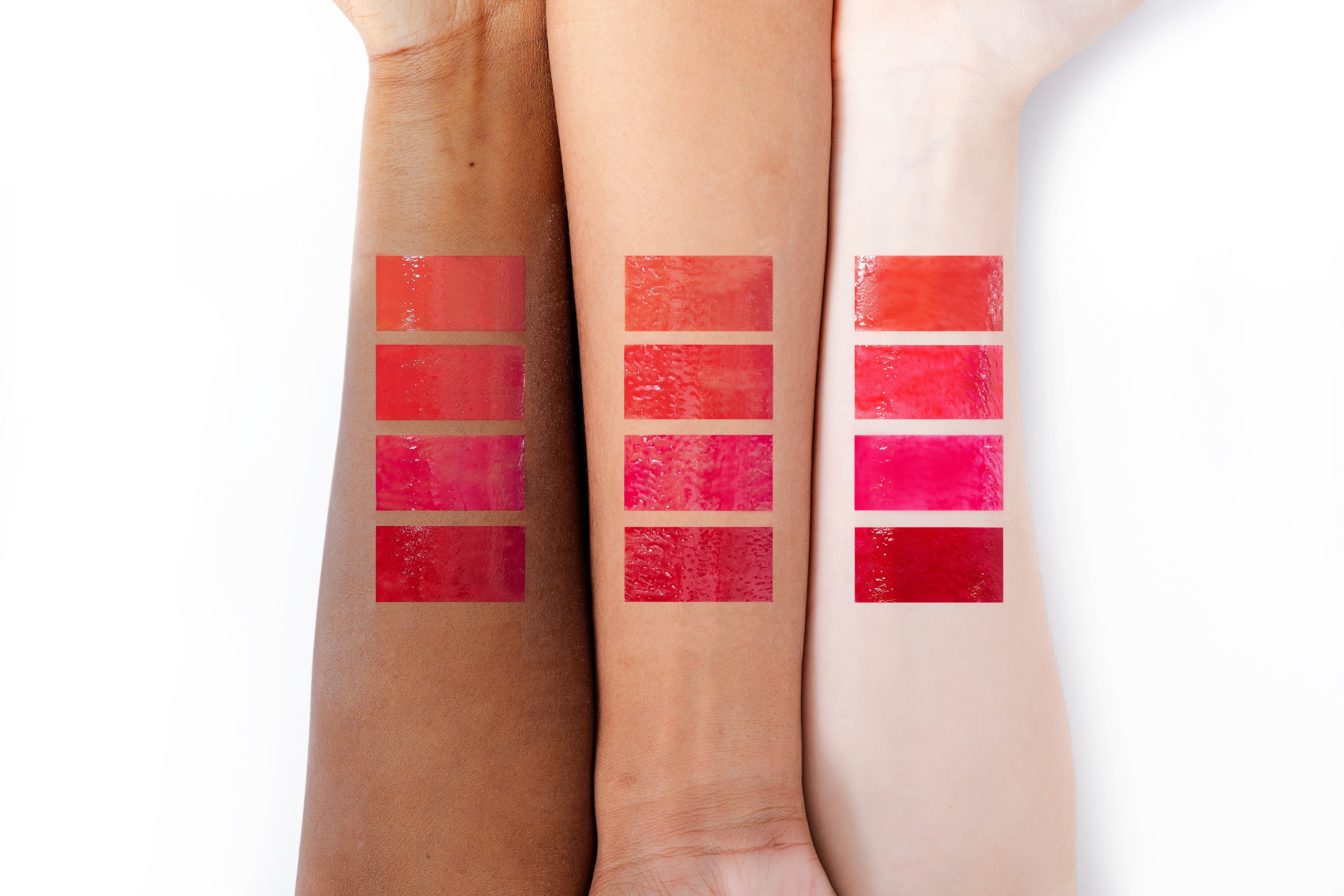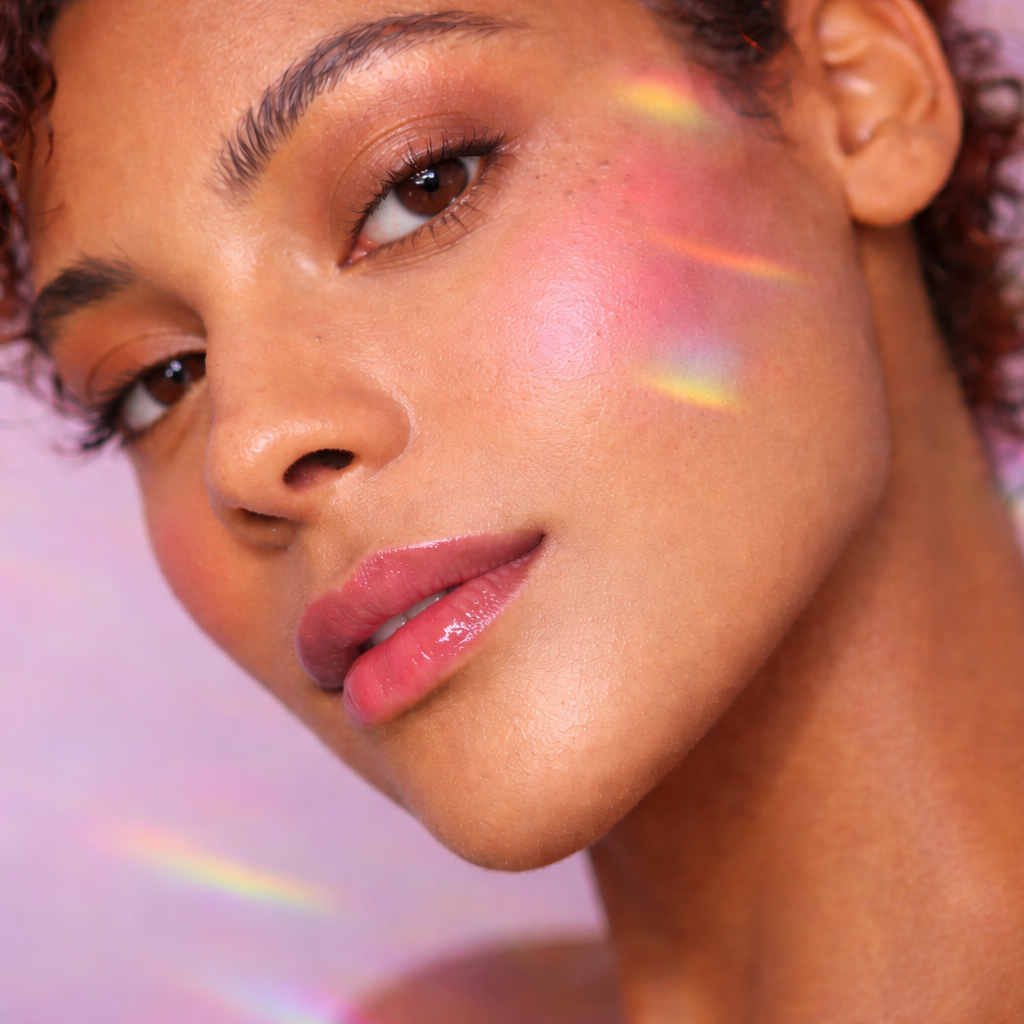Ever wondered how that bright blue shadow shines so bright? Or how that highlighter is so freaking shimmery? Here’s where cosmetic colorants come in. As a clean, vegan brand, we’ve spent a lot of time finding the colorants that best combine our non-negotiables: rich long-lasting pigment, non-toxic, child-labor free, and sustainable.
So, let’s go over the basic of cosmetic colorants, shall we? Keep reading for:
- Synthetic vs naturally derived colorants: pros and cons
- Animal derived colorants to watch for
- Unethical colorants
- Our stance on colorants
Cosmetic Colorants 101
Did you know colorants are the only cosmetic ingredient regulated by the FDA? Not a single other cosmetic ingredient has to be reviewed or approved by the FDA before heading to market. Sort of shocking, right?
But we digress, let’s talk about colorants, the one ingredient the FDA does regulate. The FDA groups colorants into two categories:
- Colors subject to certification – let’s call these ‘synthetic’ to keep it simple.
- Colors exempt from certification – we’re calling these ‘naturally derived’
Synthetic colorants
These are called ‘colors subject to certification’ because the FDA requires them to be batch certified to prove they meet purity requirements before use.
Synthetic colorants will be labeled with the letters FD&C, D&C or the word LAKE. Those letters indicate that the FDA has approved that colorant for use in food, drugs, and cosmetics (or just drugs and cosmetics if the ‘F’ is missing).
These colorants are derived from petroleum and processed in a lab to ensure that heavy metals and impurities fall below the FDA's set limits. Every colorant has different impurity limits but a general example of FDA limits would be:
- Lead (as Pb) must not be more than 10 parts per million.
- Arsenic (as As) must not be more than 3 parts per million.
- Mercury (as Hg) must not be more than 1 part per million.
The FDA is very specific about how each of these colorant can be used – for example, certain colorants can only be used in rinse-off products, whereas others can only be used in hair dyes, and still others can't be used in eye products.

The pros of synthetic colorants
- More pigmented than natural colorants
- More even and uniform than natural colorants
- Last longer than natural colorants
- Sometimes are more sustainable without the ethical concerns of sourcing natural compounds
The cons of synthetic colorants:
While the FDA has deemed many synthetic colorants safe, they are far behind the research and safety regulations in other countries like Canada and the EU. The EU has banned or restricted over 1300 chemicals, while the U.S. has banned only 11. Why? U.S. regulations favor manufacturers and companies over consumers – here, brands can use virtually any ingredient they like with pretty much zero regulation. In the EU, brands have to prove a product is safe before going to market.
That’s why we follow the far more stringent regulations of the EU for our colorants and any other ingredient in our formulas. In fact, we ban over 2700 ingredients that have been linked to any kind of toxicity.
On the environmental side, synthetic colorants need to be sourced carefully. Certain countries have extremely lax (or non-existent) environment standards, meaning dyes and heavy metals get released into waterways. Colorants manufactured in the U.S., while more expensive, have to follow much more stringent regulations to prevent environmental damage and maintain ethical working conditions for employees.
Naturally Derived Colorants
The FDA calls colorants derived from plants, mineral compounds, and animals ‘colors exempt from certification’ – that means these ingredients don't have to be batch certified like synthetic colorants.
This group includes colorants like titanium dioxide, iron oxides, mica, bronze powder, copper powder, ultramarines, zinc oxide, manganese violet, ferric ferrocyanide, and chromium oxide greens.
Keep in mind, even naturally derived pigments are considered artificial by the FDA as they must undergo processing before being used in cosmetics.

The pros of natural colorants:
- Mostly considered safe for all uses in cosmetics
- Generally gentle and non-irritating
The cons of natural colorants:
- Not as pigmented as synthetic colorants
- Color doesn’t last as long as synthetic colorants
- Can be contaminated with toxic heavy metals if not tested (we test all of our natural colorants for contamination)
- Can come with ethical issues like child labor in the case of mica.
Animal derived colorants
As a vegan brand, we ban all animal derived ingredients. The main animal-derived colorants to look out for are:
Carmine: a vivid red dye made from crushed up red beetles. You will find this often in lipsticks, pink and red eyeshadows, and nail polish.
Carmine may be labeled as CI 75470, E120, Natural Red 4, Carmine Lake, Carminic Acid, Cochineal Extract, or Crimson Lake.
Guanine: a shimmer derived from fish scales. Guanine may be labeled as CI75170 or Pearl Essence.

Colorants with ethical concerns – mica
Mica is usually behind the shimmer and shine you find in cosmetics. While its effects are stunning, most mica in the world is sourced with child labor.
To avoid contributing to child labor, we source our mica very carefully. When we use natural mica, we source only from U.S. suppliers, Responsible Mica Initiative members, and with verifyable ethical and transparent labor standards. We avoid all mica from India or Madagascar where labor standards are unregulated and child labor is rampant.
We choose synthetic mica when we can't guarantee that the source of our mica is child-labor-free.
Learn more about the mica issue in our blog, The Truth About Mica.
Our stance on colorants
We follow the highest clean standards on the planet, banning over 2700 ingredients in our formulas. We started with the 1300 ingredients banned in the EU and every potential carcinogen, endocrine and hormone disruptor, or allergen and irritant included in California Prop 65.
And we don’t stop there - we ban any other ingredient with negative health concerns, potential environmental effects, and of course all animal-derived ingredients. And it’s not just clean we care about – every ingredient must be non-toxic, sustainably and ethically sourced, and incredibly high performing.
For colorants, we use a blend of natural and safe synthetic colorants to create the most pigmented, long-lasting, ethically and sustainably sourced colors possible. Every ingredient is hand-selected to create a formula that performs at the highest possible level with the cleanest possible ingredients and the least impact on the planet.
___________________
Have questions about colorants, ingredients, or just want to chat about beauty? Send us a message anytime, we’re always here to help!






